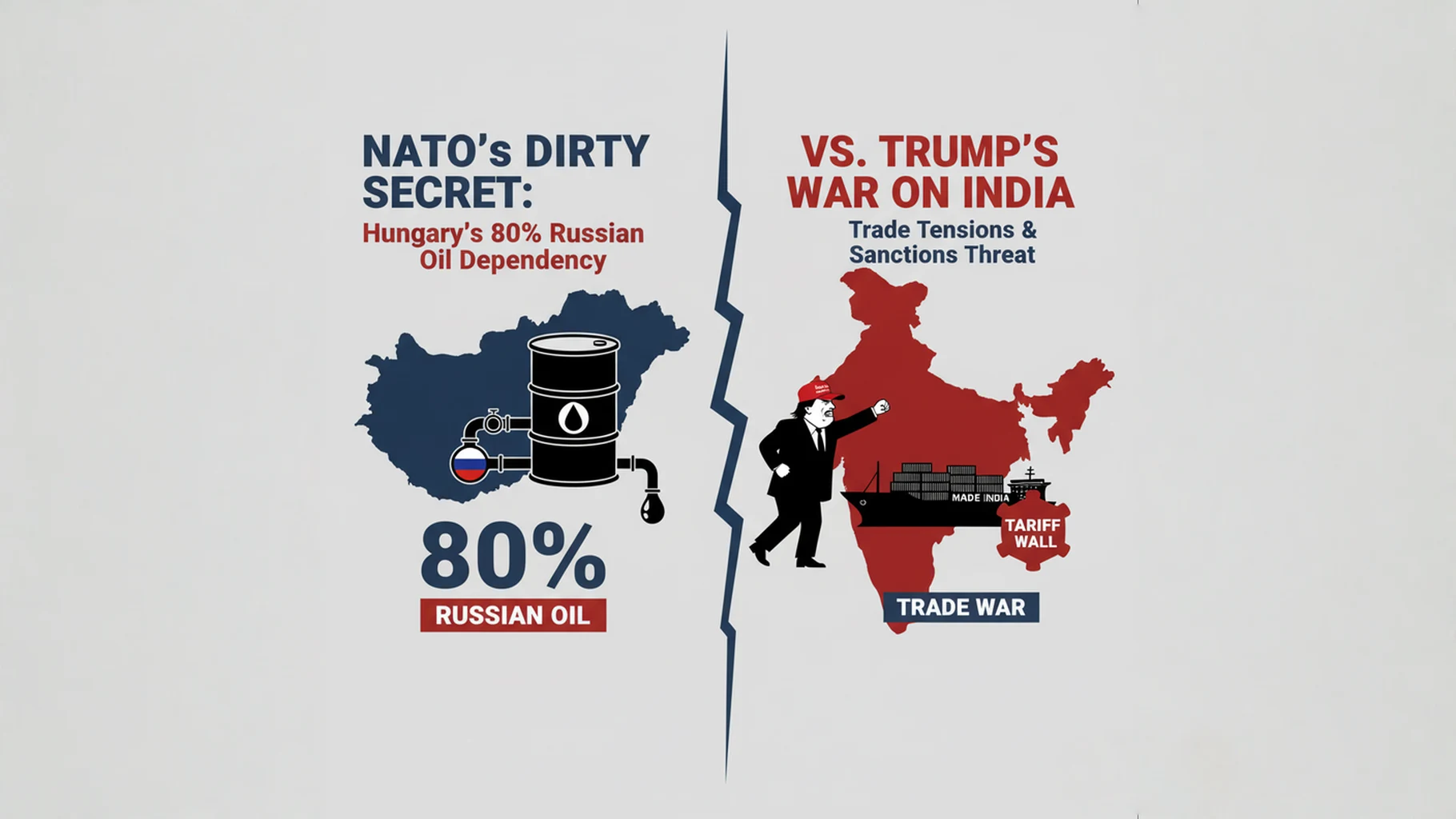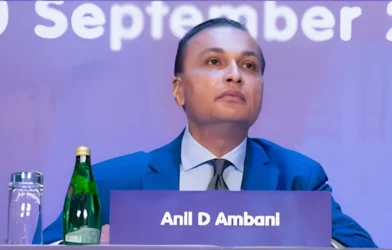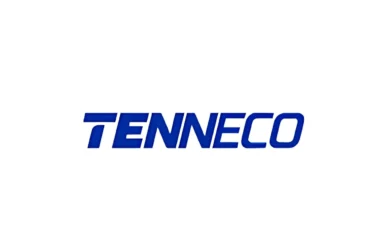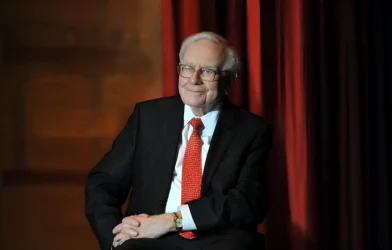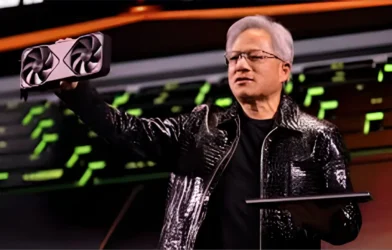In a striking contrast of geopolitical messaging and realpolitik energy dependency, Hungary—a NATO member—remains heavily reliant on Russian crude oil, reportedly sourcing more than 80 percent of its imports from Moscow. Meanwhile, former U.S. President Donald Trump has escalated pressure on India, imposing sweeping tariffs and accusing New Delhi of indirectly enabling Russia’s war effort through continued oil purchases. The stark juxtaposition highlights rifts in alliance expectations, energy security constraints, and the tensions between idealism and necessity.
Hungary’s Russian Reliance: Strategic Constraint or Political Choice?
Hungary’s affinity with Russian energy is well known among European capitals. Despite widespread European efforts to wean off Moscow’s fossil fuels after Russia’s invasion of Ukraine in 2022, Hungary has remained a holdout. Official figures indicate more than 80 percent of its oil still comes from Russia.
Prime Minister Viktor Orbán and his administration argue that geography, pipeline infrastructure, and economic safeguarding leave few viable alternatives. As Hungary’s Foreign Minister Péter Szijjártó put it, “Without Russian supplies … it is impossible to ensure the safe supply of the country.” Orbán, often praised by Trump for shared ideological affinities, has resisted external pressure. When asked by Western critics to reduce dependence, Budapest has pegged energy decisions to sovereignty and national interest.
Yet Hungary’s behavior has sown unease within NATO, notably in Washington. Trump has publicly mocked his own alliance for “funding the war against themselves” by importing Russian energy. The irony of castigating India while one’s own allies maintain deep Russian ties is not lost on analysts — but it underscores a political calculus about who can be pressured and how.
Trump vs. India: Tariffs, Energy, and Diplomatic Friction
Parallel to his criticism of NATO partners, Trump has singled out India for its sizable purchases of Russian crude. In August 2025, he doubled tariffs on Indian imports — first 25 percent, then an additional 25 percent — specifically citing India’s continued energy ties to Russia. Trump and his team contend that this trade pressure is intended to disincentivize New Delhi from funding Moscow’s war chest.
U.S. Treasury officials accused India of “arbitrage” — importing discounted Russian oil, refining it, and exporting it — thus profiting from the conflict. India’s share of imports from Russia has jumped dramatically since 2022, now accounting for over 40 percent of its oil imports. In response, India has called the tariffs “unfair, unjustified, and unreasonable,” defending its purchases as economically and strategically necessary.
New Delhi continues to maintain that its energy decisions cannot be dictated by foreign political posturing. Officials emphasize that India’s import market is global and that many Western countries also trade with Russia in various sectors. So far, India has indicated it will not capitulate to external pressure.
Contradictions and Strategic Leverage
The discord lies in the selective targeting. Trump’s criticism implicitly draws a line: certain states — notably India — are being held to an energy standard that Hungary escapes. This selective pressure — urging India to alter its supply chain while NATO allies continue business with Russia — has drawn charges of hypocrisy.
From the U.S. vantage point, the calculus may rest on leverage. India remains dependent on American markets, technology, and defense collaboration. By contrast, Hungary, tightly aligned with Russia economically and politically, may be harder to coerce without undermining alliance unity. Trump’s public admonishments and tariff warfare may be intended to signal that alliance membership does not immunize one from U.S. demands.
Yet there are limits. Energy choices are often inertial; pipelines, contracts, refineries, and geography lock nations into long-term dependencies. Cutting ties with Russia overnight may risk supply shocks, price volatility, and domestic political fallout. Hungary insists it cannot abruptly replace Russian supply while maintaining energy security. India too must juggle affordability, security, and diplomatic optics.
Moreover, New Delhi has alternatives — albeit limited ones. India has begun exploring more imports from the U.S., the Middle East, and even permitted trade with other countries to diversify. But those shifts carry logistical, legal, and cost hurdles.
The Wider Implications
Trump’s dual targeting — of a NATO member and India — highlights how energy policy today is inseparable from geopolitics. Oil and gas flow not just through pipelines, but through a web of influence.
If U.S. pressure fails to budge India, it could complicate ongoing trade talks or sour bilateral relations — even amid shared strategic concerns in the Indo-Pacific. On the European front, continued dependence by a NATO member may expose strategic vulnerabilities: Russia retains leverage over the alliance via energy chokepoints and supply networks.
In the end, the clash between rhetorical toughness and structural constraints may determine whether such diplomatic pressure can bring real change — or whether the selective targeting will be remembered as political posturing.
Disclaimer: This article is based on information available from public sources. It has not been reported by EQMint journalists. EQMint has compiled and presented the content for informational purposes only and does not guarantee its accuracy or completeness. Readers are advised to verify details independently before relying on them.


